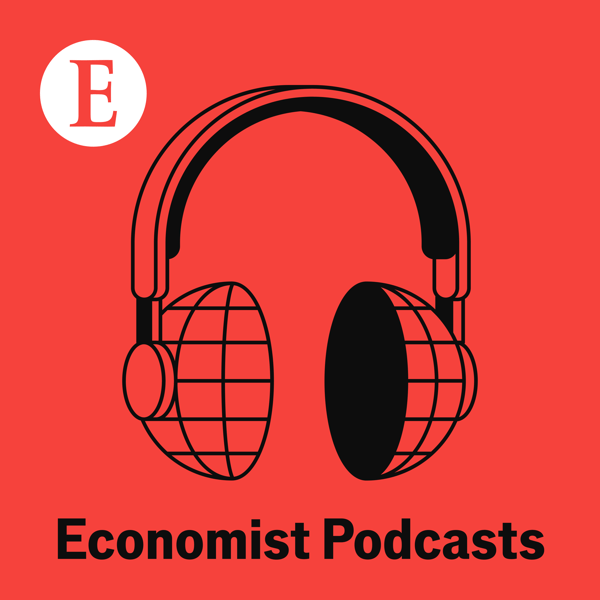Babbage: Fighting contagion with data
Economist Podcasts
The Economist
4.4 • 4.9K Ratings
🗓️ 1 April 2020
⏱️ 29 minutes
🧾️ Download transcript
Summary
How are location data from mobile phones being used to combat covid-19? And, as more people are forced to stay at home, can broadband and mobile internet connections keep up? Plus, the epidemiologist who helped defeat smallpox, Larry Brilliant, on what needs to be done against the coronavirus. Kenneth Cukier hosts.
The Economist is making some of its most important coverage of the covid-19 pandemic freely available to readers of The Economist Today, our daily newsletter. To receive it, register here. For more coverage, see our coronavirus hub.
Please subscribe to The Economist for full access to print, digital and audio editions:
Hosted on Acast. See acast.com/privacy for more information.
Transcript
Click on a timestamp to play from that location
| 0:00.0 | If you ever think twice about what your child watches online, try YouTube Kids. |
| 0:05.0 | It's an app made just for children, helping you find a healthier balance for your family online. |
| 0:11.0 | Download YouTube Kids today. |
| 0:15.0 | Music |
| 0:24.0 | Governments around the world are using location data from millions of mobile phones to help them understand the movements of their citizens. |
| 0:32.0 | Can this data help blunt the advance of COVID-19? |
| 0:38.0 | Hello and welcome to Bavage on Economy Radio, a weekly podcast on technology and science. |
| 0:43.0 | I'm Kenneth Kukie, a senior editor of the Economist. |
| 0:47.0 | Also on today's show, we'll tell a communication network's cope with the extra load of a world working from home. |
| 0:55.0 | If lots and lots and lots of people are trying to connect to the same cell, call StartDroping, DataSpeed, SlowDone, DEMPOR StartDrising, and that cell can temporarily be affected. |
| 1:06.0 | And I ask Larry Brilliant, the doctor who helped defeat smallpox. How can COVID-19 be beaten? |
| 1:13.0 | If we create a laissez-faire transmissibility or a Swiss cheese-like transmissibility with holes in it with people going to beach parties, those holes will lead to increasing transmissibility. |
| 1:37.0 | Across the world, it's estimated that more than 5 billion people have mobile devices. |
| 1:50.0 | Now governments are hoping that the location data that these phones produce can help them track whether people are keeping enough distance from each other to curb the spread of the virus. |
| 2:01.0 | In Israel, data is being harvested from millions of phones to understand the travel patterns of those exposed to the virus. |
| 2:08.0 | And in Britain, the National Health Service is preparing to launch an app which will alert users who have been in contact with somebody who has the infection. |
| 2:17.0 | Sebastian De La Tai is an entrepreneur and a data expert. He's been asked by the Belgian government to help lead a task force to use data to fight the outbreak. Welcome Sebastian. |
| 2:29.0 | I can. |
| 2:30.0 | And Nurdia Oliver is the Chief Data Scientist at DataPop Alliance, a charity that does humanitarian big data projects. |
| 2:38.0 | She's a member of an ethics committee attached to the Belgian initiative. Welcome Nurdia. |
| 2:43.0 | Hello Kane. |
| 2:44.0 | So Sebastian, let's start with you. How is data being used to understand the spread and slow the rate of COVID-19? |
... |
Please login to see the full transcript.
Disclaimer: The podcast and artwork embedded on this page are from The Economist, and are the property of its owner and not affiliated with or endorsed by Tapesearch.
Generated transcripts are the property of The Economist and are distributed freely under the Fair Use doctrine. Transcripts generated by Tapesearch are not guaranteed to be accurate.
Copyright © Tapesearch 2025.

